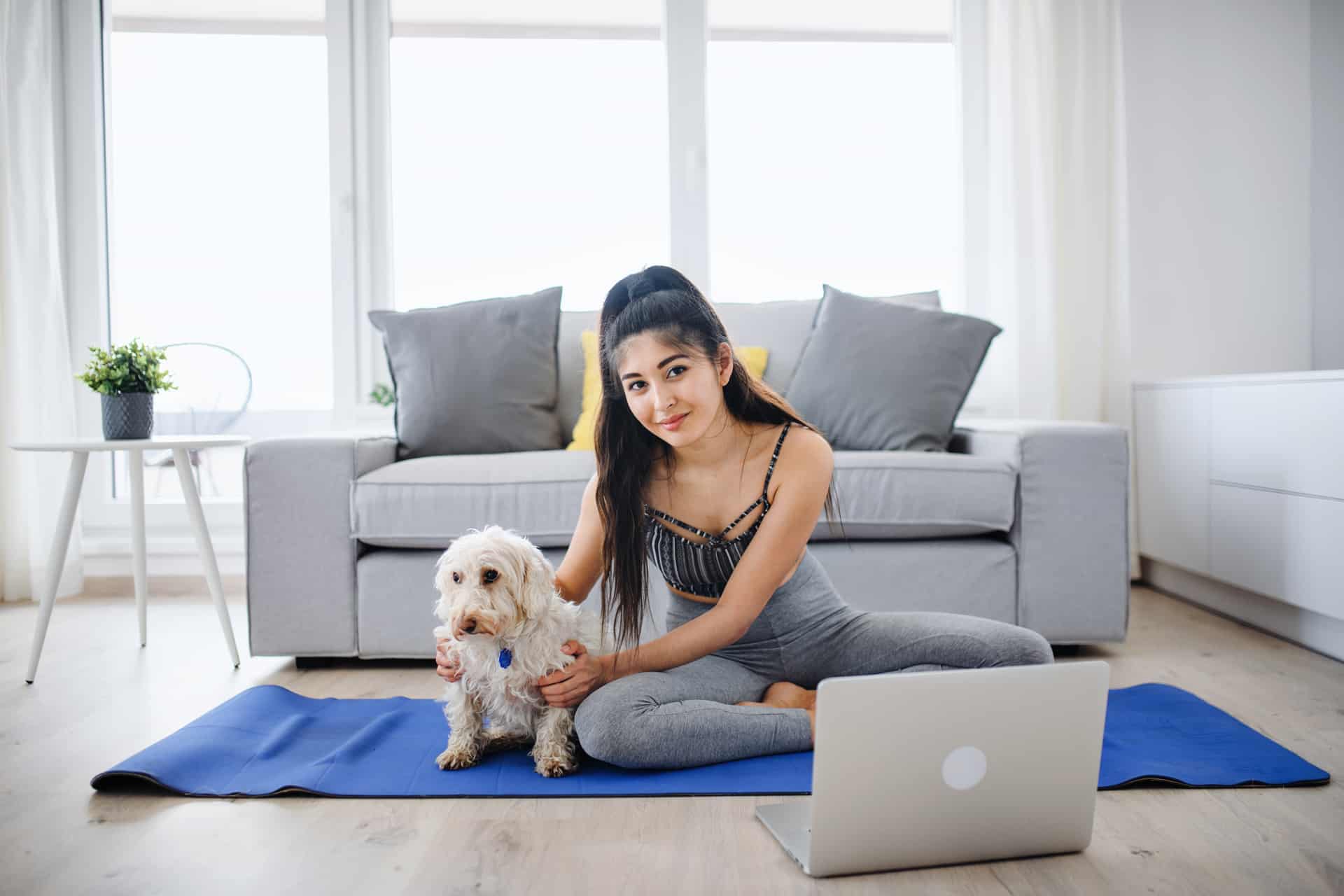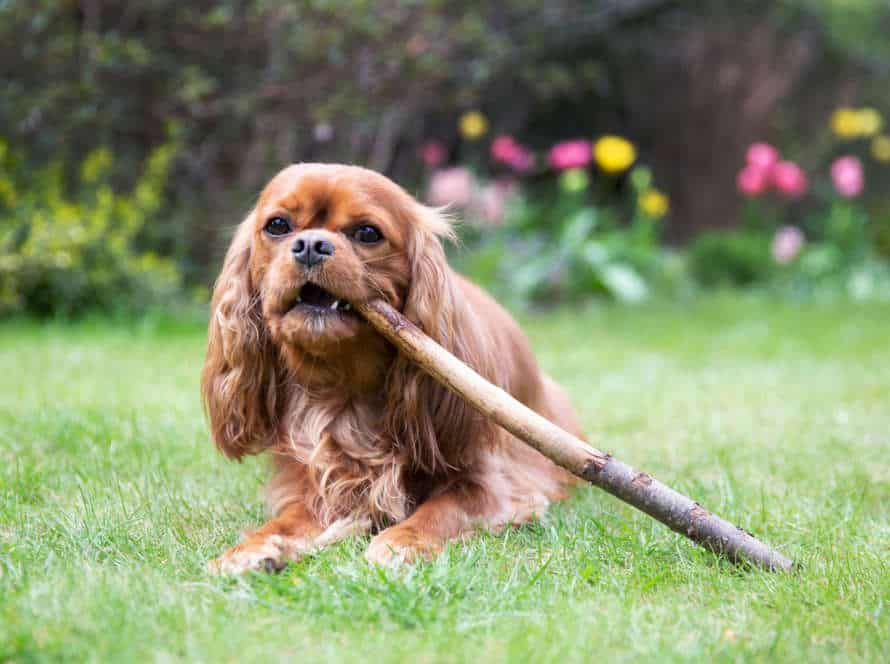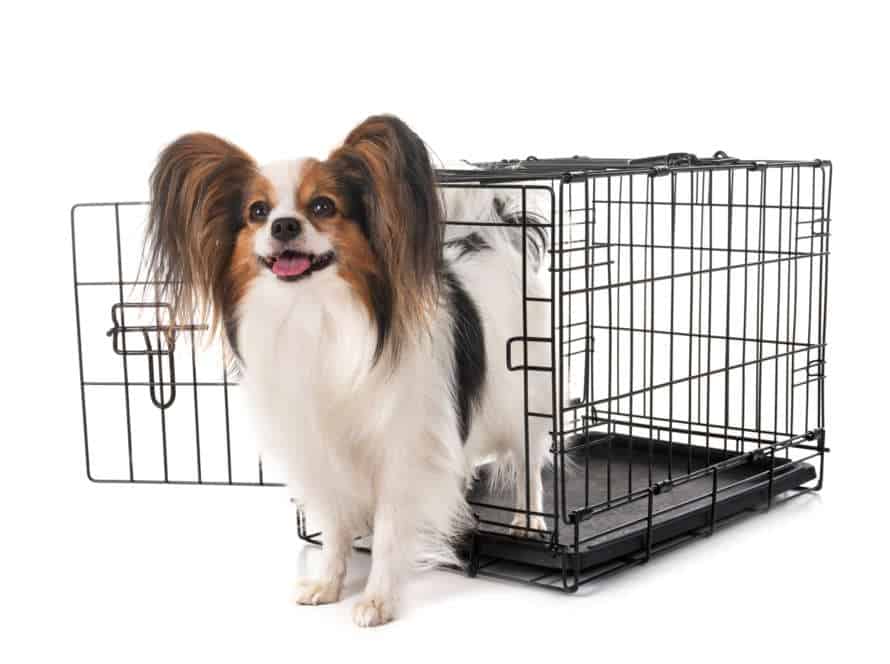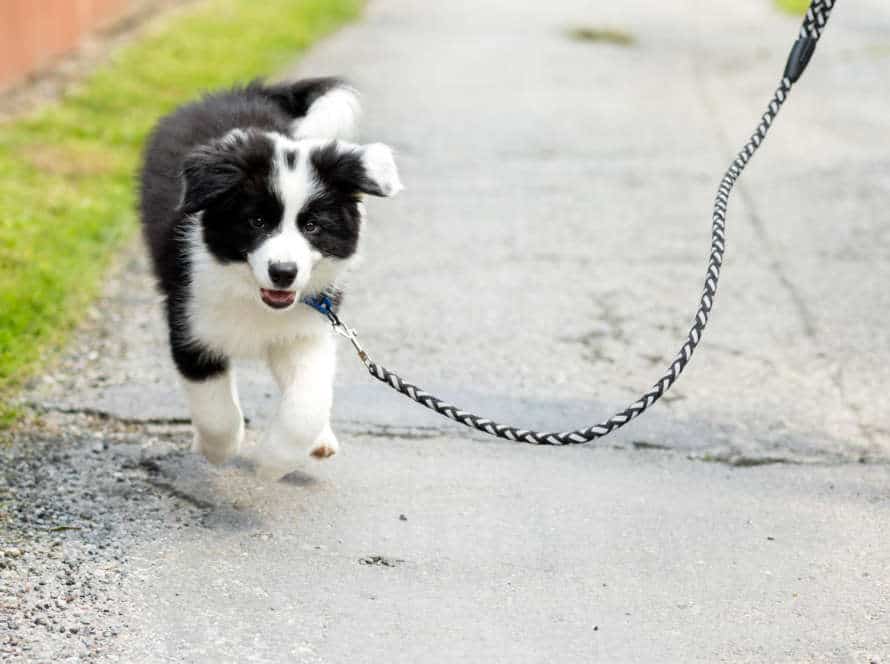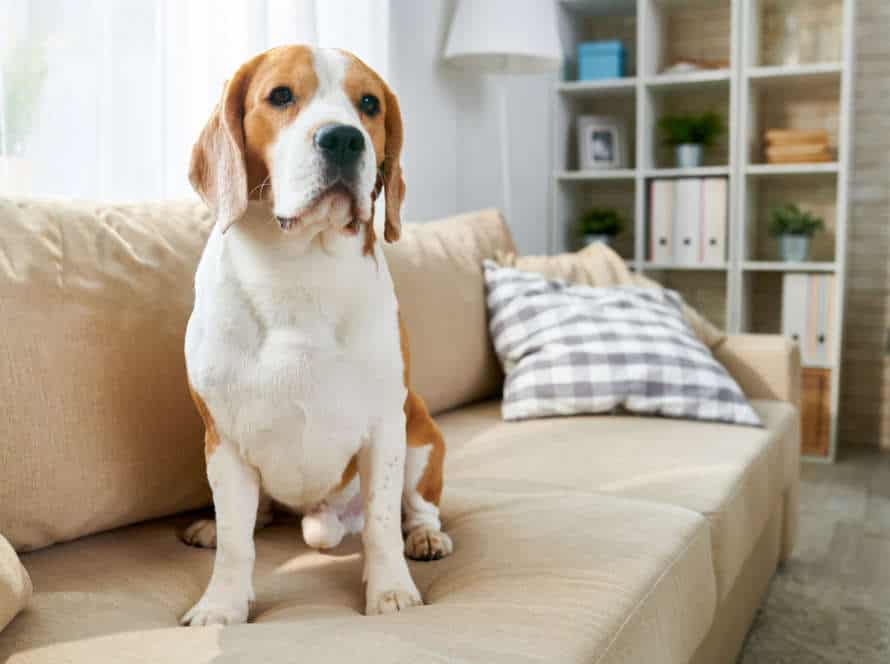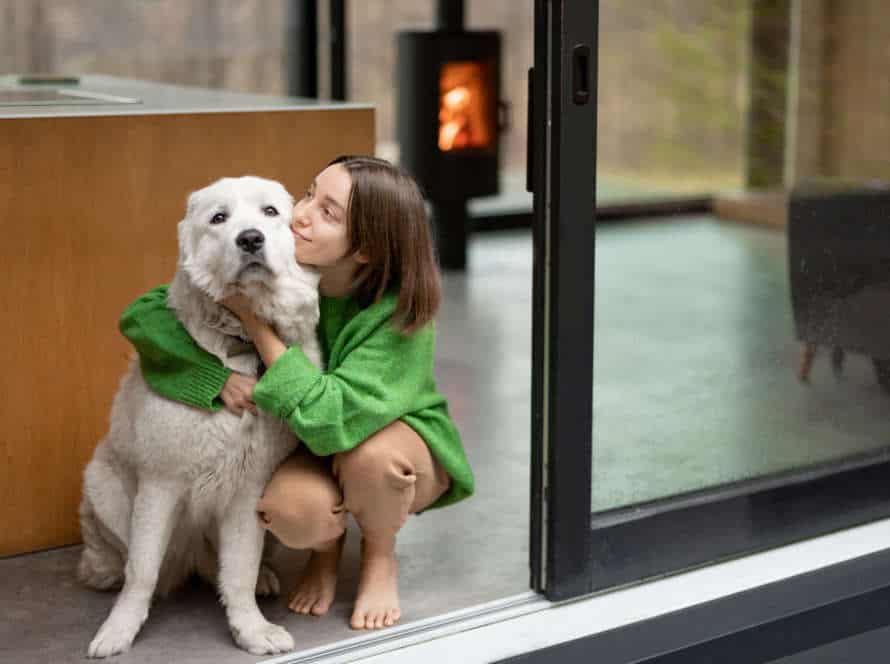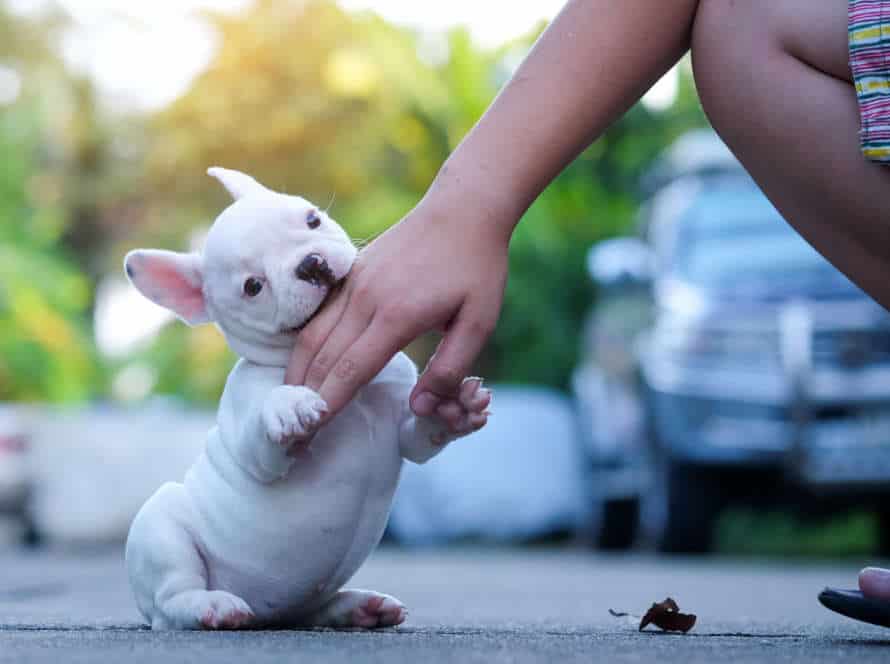How to Create an Effective Potty Training Schedule for Your Dog
Creating an effective potty training schedule for your dog is key. Here’s how to do it:
- Establish a regular feeding routine.
- Go outside with your pup right after they eat, in the morning, and before bed.
- Use a command word to signal it’s time to potty.
- Reward them with treats and praise when they go.
- Stay consistent even on weekends & holidays.
- Gradually increase the amount of time between breaks as they’re more reliable.
- Patience & persistence is needed, as potty training takes weeks to months.
- Pro tip: Track progress with a potty training log & adjust your schedule accordingly.
Understand the Basics of Potty Training
Potty training your pup is essential! A plan that suits your dog’s needs is key. Consider these basics when you start: key elements to think of. It’s a process, so understand the basics. This’ll help create an effective schedule. Potty etiquette will be taught!
Know the importance of consistency in potty training
Consistency is key for successful dog potty training. Without it, your pup will become confused and training will take longer. Here’s why consistency is so important:
- Dogs need routine. A steady schedule helps them learn when and where to go potty. Without one, they may do their business anywhere. This makes it hard to reward good behavior.
- Consistency sets clear expectations. By taking your dog outside at the same times and rewarding them, they’ll know what you want.
- It also builds trust. When you’re consistent, your dog learns to trust you as a leader and will be more willing to follow you.
Pro tip: Use treats and positive reinforcement to reward good behaviour and stick to a routine.
Understand the need for positive reinforcement in potty training
Positive reinforcement is a must when potty training your pup. It can be tough and annoying, but using positive reinforcement makes it much more enjoyable for both of you! Here’s why:
- It reinforces good behavior. Treats, praise or cuddles when your pup goes to the loo in the right place, helps them learn quickly.
- It strengthens your bond. Positive reinforcement during potty training builds trust and a positive relationship between you both.
- It reduces bad behavior. Harsh methods can make your dog fearful, anxious and lead to bad behavior. Positive reinforcement encourages good behavior and reduces the risk of bad ones.
Incorporate positive reinforcement into potty training – it’ll make it easier and much more fun for you and pup!
Recognize the signs that your dog needs to go potty
Spotting when your pup needs to go potty is a must for successful potty training. Here are some standard signs:
- Whimpering or barking
- Sniffing
- Circling or pacing
- Scratching or tapping the door
- Suddenly becoming restless or worked up
If you see these, take them outside to their potty spot. Routine is vital, so take your pup out regularly, especially after meals and naps. Don’t punish if they have an accident – use positive reinforcement and rewards when they go in the right area.
Develop a Potty Training Routine
Potty training your pup? Got a plan? Best way to success is a schedule! Create one with these steps:
- Firstly, make sure the pup gets the training it needs to be potty trained quickly.
- Secondly, plan out an effective potty training routine.
- Thirdly, go through this article to know what’s necessary.
Determine the best time for your dog to go potty
To potty train your pup, it’s important to consider their breed, age, and daily activities. Here are some steps to create a successful schedule:
- Observe when they usually need the toilet.
- Set up a daily feeding routine.
- Take them out first thing in the morning, after food, before bed and a few times through the day.
- Use words, treats, and praise when they go potty outside.
- Be consistent and patient with them. This will help them understand when they should go.
Decide on the frequency of potty breaks based on your dog’s age and breed
Figuring out how often your pup needs a potty break can be tricky. But it’s based on their age, breed, and activity level. Here’s a guide for creating a potty training schedule for your doggo:
- Age: Puppies have small bladders, so they need to go out every two to three hours.
- Breed: Smaller breeds have to pee more often than larger breeds. Toy breeds may need a break every hour.
- Activity level: Active dogs or those with higher metabolism may need more frequent breaks.
Remember, consistency is important. Make a routine and stick to it. Take them out at the same times every day. Reward them with praise and treats when they go potty outside – this helps encourage good behaviour.
Set designated potty areas and stick to them
Designated potty areas are key for successful potty training your dog. They will understand where to go and avoid accidents. Here are tips:
- Choose a spot that is easy to access and away from people.
- Use verbal cues – “go potty” or “do your business” – to let your pup know it’s time.
- Reward them with treats or compliments when they use the correct spot.
- Keep a regular schedule, particularly after meals or naps.
- Be persistent and consistent with training and they’ll soon always use the right area. Pro tip: Positive reinforcement works wonders with potty training!
Implement a Feeding and Watering Schedule
Potty training your pup? Establishing a consistent feeding and watering schedule is key! This routine will help your pup, plus you’ll be able to predict when they need to go potty. How to start? Here’s the info!
Determine the appropriate amount and type of food for your dog
Your pup’s health and well-being depend on you giving them the proper quantity and type of food. Here are some tips to keep in mind:
- Talk to the vet. Understand your dog’s dietary needs based on age, breed, weight, and health.
- Buy high quality food that meets your furry friend’s nutrition needs.
- Follow packaging instructions and measure the food accurately to stop overfeeding or underfeeding.
- Monitor their weight and change food intake as necessary to maintain a healthy weight.
- Consider allergies or dietary restrictions when choosing food.
For successful potty training, create a feeding and watering schedule. This will let you predict when your pup needs to go outside.
Pro Tip: Don’t give your dog table scraps or human food. This causes digestive issues and unhealthy weight gain.
Establish a consistent feeding schedule
Creating a consistent feeding plan is essential for the health and happiness of your pup. It can also make potty training easier. Here are a few tips:
- Pick a schedule that suits your lifestyle and pup’s needs. Most dogs do best with two meals daily, but some may need more.
- Establish a regular feeding time so your dog builds a routine. This helps potty training.
- Figure out how much to feed based on age, weight, and activity.
- Make sure your dog has plenty of fresh water, especially in hot weather and after exercise.
- Keep an eye on weight and make changes as needed to stay healthy.
Set specific times for water breaks to prevent accidents
Set specific times for water breaks. This is key for preventing accidents and developing an effective potty training plan for your dog. Here’s what to do:
- Choose a consistent schedule for feeding your pup. Feed them at least two meals per day, always at the same time.
- Schedule frequent water breaks based on your pup’s needs. Puppies and active dogs need more water than older and less active ones.
- Limit water access before bedtime to avoid accidents.
- Observe your pup’s behavior before and after water breaks. Note any patterns or signs that your pup wants to go outside to pee or poo.
- Adjust the feeding and watering schedule as needed. This is to fit your pup’s needs and progress in potty training.
Track Your Dog’s Progress and Adjust as Necessary
Tracking progress consistently is vital for potty training your pup. Log when and where they do their business, and other important info. To create a successful and lasting potty training plan, here are techniques to track progress and make adjustments.
Keep a record of your dog’s potty habits and progress
Tracking your pup’s potty habits is key for a successful potty training plan. Here’s some tips to help:
- Note or spreadsheet every potty-time, how long it takes, and if they did it.
- Record any accidents and close-calls, as well as successes.
- Notice patterns in their behavior – when they usually need to go.
- Make a plan that works for both of you.
- Update it when needed, based on progress and changes in their life.
This will get you and your pup on the right track!
Adjust the schedule and routine as needed based on your dog’s progress
Tracking your pup’s progress during potty training is important. Here are some tips to make an effective schedule:
- Observe their habits and patterns.
- Create a daily routine with regular pee times, meals, and playtime.
- Treat and praise them when they pee outside.
- Keep track of successes and failures.
- Adjust the schedule if needed, based on progress and behavior.
- Be patient and consistent. Potty training takes time and effort.
Pro tip: All in your home should follow the same schedule and routine for your pup. Consistency is key!
Don’t give up – remember that every dog learns at their own pace
Potty training your pup is tricky, but you must remember that each dog is unique and learns at its own rate. Keeping track of your pet’s advancement is key, and tweaking your plan is essential. Here are some tips for an effective schedule:
- Monitor potty behavior – note down when, how often and if they pee/poop or not, plus any messes.
- Establish a routine – schedule your dog’s day with set mealtimes, playtime, potty breaks and crate time.
- Make changes if needed – if there are too many accidents, add extra potty breaks or reduce crate time.
Remember, potty training takes weeks or even months, but with patience and consistency, your pooch will be an expert in no time!
Frequently Asked Questions
Q: When should I start potty training my dog?
A: Potty training should start as early as 8 weeks of age. It is important to establish a routine and consistency early on.
Q: How often should I take my dog out to potty?
A: It is recommended to take your dog out to potty every 2-3 hours, or immediately after eating, drinking, or waking up from a nap.
Q: What should I do if my dog has an accident in the house?
A: Clean up the area thoroughly and try to catch your dog in the act next time to redirect them outside. Do not punish your dog after the fact as they will not understand why they are being punished.
Q: How long does potty training usually take?
A: Potty training can take anywhere from a few weeks to several months depending on the individual dog and consistency of training.
Q: Should I use treats to reward my dog for going potty outside?
A: Yes, positive reinforcement through treats or praise is a great way to reinforce good behavior during potty training.
Q: What should I do if my dog is not making progress with potty training?
A: Consult with a professional dog trainer or veterinarian to rule out any underlying medical or behavioral issues that may be hindering progress.

